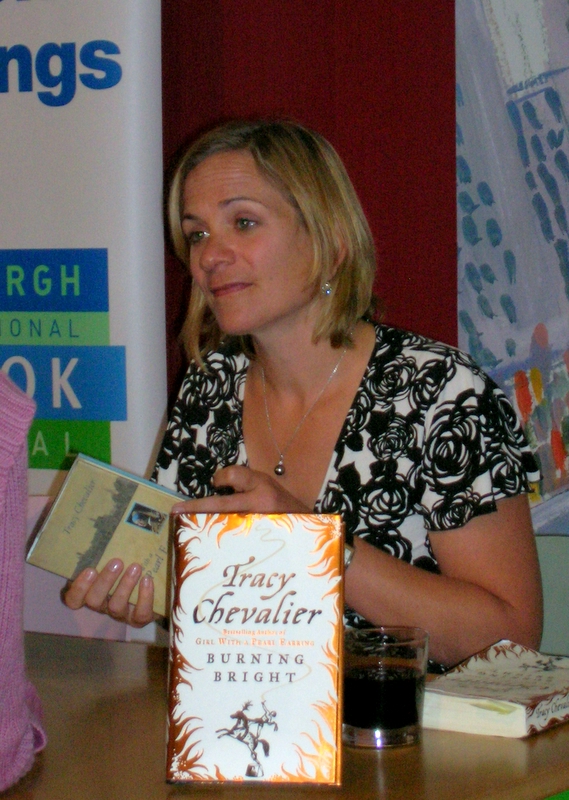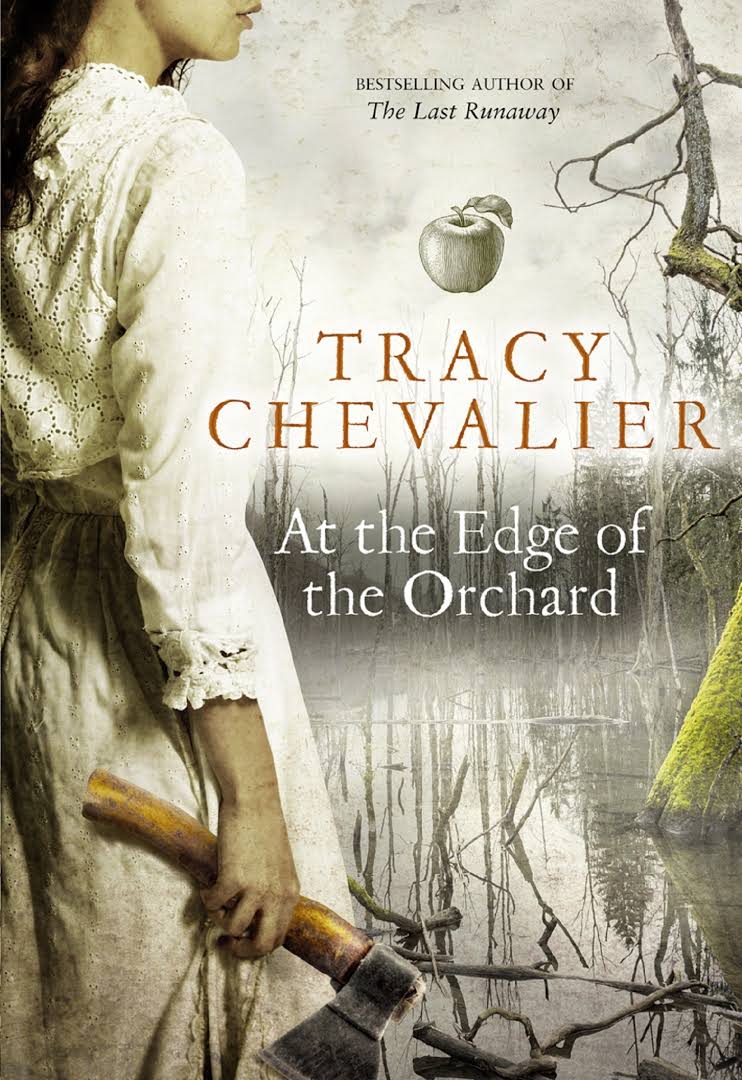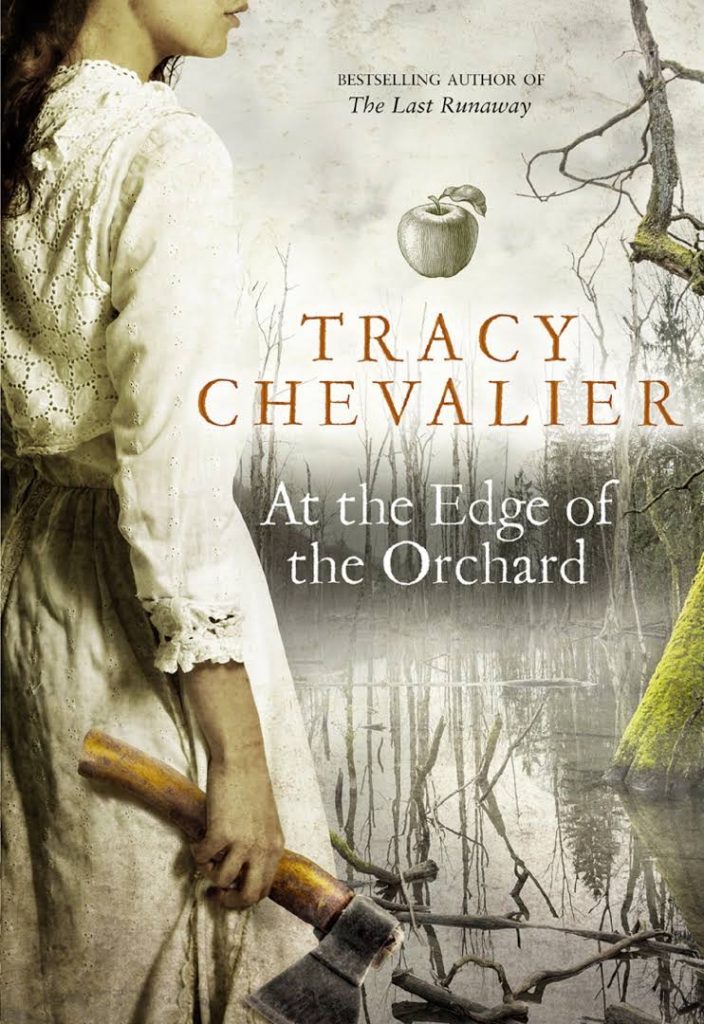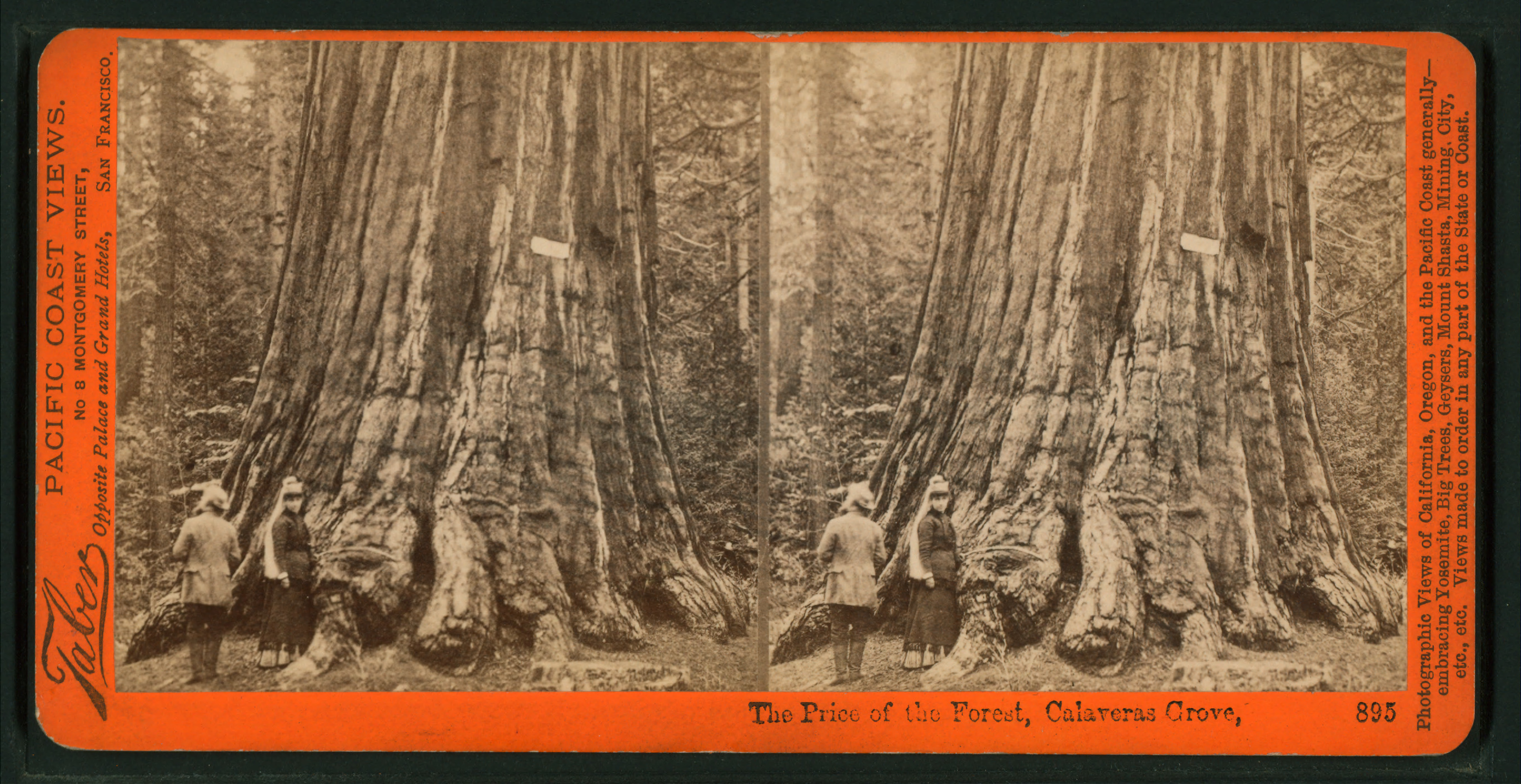A Christmas present – in hardback, no less. The first of my Christmas books to be devoured.
About the Author

Tracy Chevalier was born in October 1962 and grew up in Washington, DC, moving to England after graduating with a BA in English from Oberlin College (Ohio). For several years she worked as a reference book editor while writing short stories in her spare time. In 1993 she resigned to do an MA in Creative Writing from the University of East Anglia (Norwich, England). Afterwards, she juggled freelance editing with writing until eventually, she was able to write full-time.
She lives in London with her English husband and son. She has written 8 novels, including The Last Runaway and Remarkable Creatures, and edited 2 short story collections. Her second novel, Girl with a Pearl Earring, sold 5 million copies worldwide and was made into a film starring Colin Firth and Scarlett Johansson. Apart from writing, she’s curated three shows in art galleries/museums.
Her second novel, Girl with a Pearl Earring, sold 5 million copies worldwide and was made into a film starring Colin Firth and Scarlett Johansson. Apart from writing, she’s curated three shows in art galleries/museums.
She writes novels longhand, typing what she’s written into the computer at the end of each day. She prefers blue ink, and uses disposable fountain pens. She has a desk in her study but usually, she writes on the living room sofa.
About the Book
From the author’s website:
James and Sadie Goodenough have settled where their wagon got stuck – in the muddy, stagnant swamps of 1830s Ohio. They and their children work relentlessly to tame their patch of land, buying saplings from a local tree man known as John Appleseed so they can cultivate the fifty apple trees required to stake their claim on the property. But the orchard they plant sows the seeds of a long battle. James loves the apples, reminders of an easier life back in Connecticut; while Sadie prefers the applejack they make, an alcoholic refuge from brutal frontier life.
Fifteen years later, the youngest Goodenough, Robert, is wandering through Gold Rush California. Restless and haunted by the broken family he left behind, he has made his way alone across the country.
In the redwood and giant sequoia groves, he finds some solace, collecting seeds for a naturalist who sells plants from the New World to the gardeners of England. But you can run only so far, even in America, and when Robert’s past makes an unexpected appearance he must decide whether to strike out again or stake his own claim to a home at last.
What I liked:
This is a beautiful story; as usual, Tracy Chevalier’s impeccable research makes the time, the place and the events totally believable and fully immersive. I always revel in her wonderful use of language, but I particularly liked her use of different diction and word choice to separate James and Sophie’s characters and narratives, and it’s just part of what makes the characters so well realised and believable.
Although the story is in a historical timeframe, we recognise those characters as people we could encounter today. The optimism of James and his constant striving to make life and his orchard in the Swamp successful; the bitterness and pessimism of Sadie, who is the creator of most of her troubles but blames everyone else but herself for them; and Robert’s restless search for a life that’s right for him – somewhere to put down roots.
And yes, putting down roots is just part of the apple and tree metaphor that Tracy so cleverly weaves through this novel. She doesn’t hit us over the head with it, yet the parallels are obvious. Saplings sail back to England from the US, carefully packaged by William Lobb; not all survive the journey and not all go on to thrive in a different climate and soil, but some do, echoing the pioneering adventures of both this period of US history and the personal story of the Goodenoughs. The story also suggests, very subtly, that perhaps putting down roots is not always to do with where we are but who we are with, and that sometimes the grafting of one thing onto another can make something special – and greater than the sum of its part.
There’s also the added delight, as with all of her novels, of effortlessly acquiring fascinating insights into the lives of people in the past and gaining knowledge about a host of new topics. For instance, before reading At the Edge of the Orchard I’d never heard of Calaveras Grove, where giant sequoias were first identified – and had barely heard of Johnny Appleseed before either.
Two days after I finished reading this novel, Calaveras Grove was on the news because its famous Pioneer Cabin tree had come down in a storm on the 8th of January, and I also began reading Alice Hoffman’s Nightbird – which has many references to a family orchard growing Pink apples, started by seeds acquired from Johnny Appleseed. I can feel my brain grow a little whenever I read a Chevalier book, and that’s a feeling I love. It’s what puts her among my top five authors.
What I Didn’t Like
Nothing. My only criticism would be that compared to her other novels, there were fewer dramatic moments; rather than tell Robert’s sister’s story in letters, later on, I would have been inclined to mirror the joint narration of James and Sadie at the beginning and interweave Robert’s sister’s narrative with his in close third person would have added more tension. Catching up in retrospect, with her suffering and adventures glossed over and reduced to veiled brief references, means the middle of the book is not as tense and pacey as it could be.


